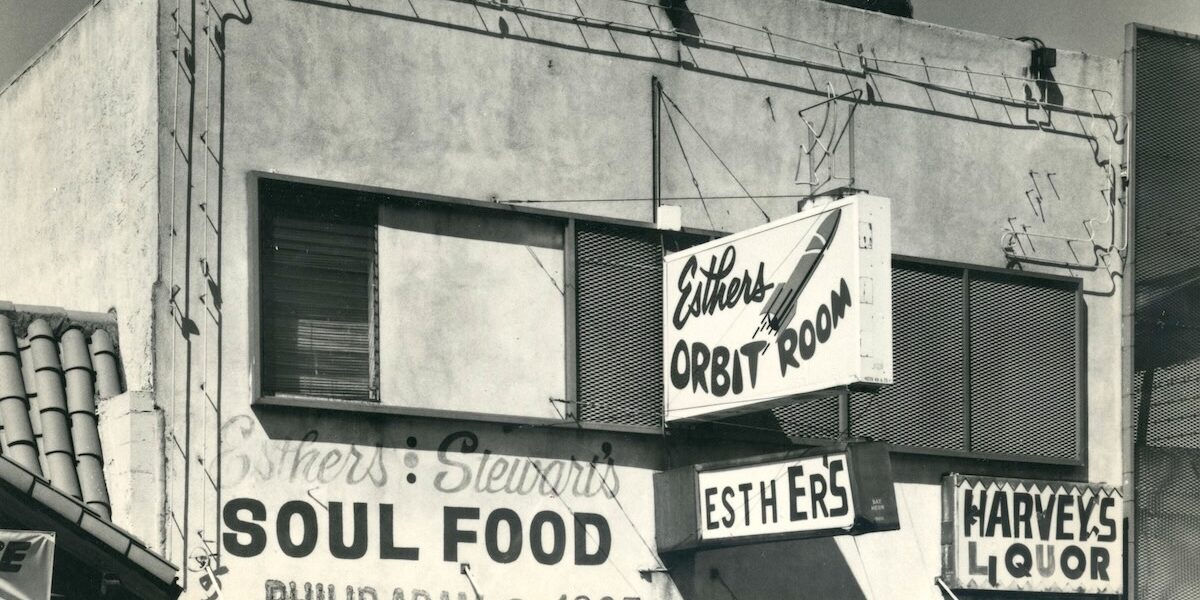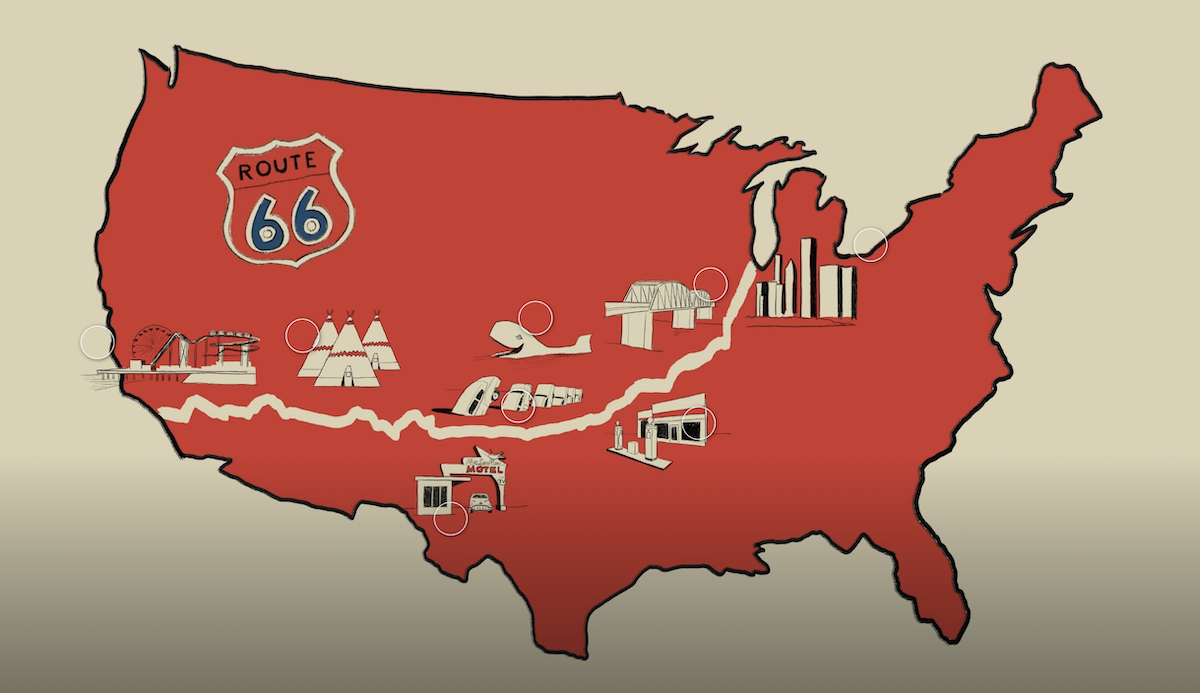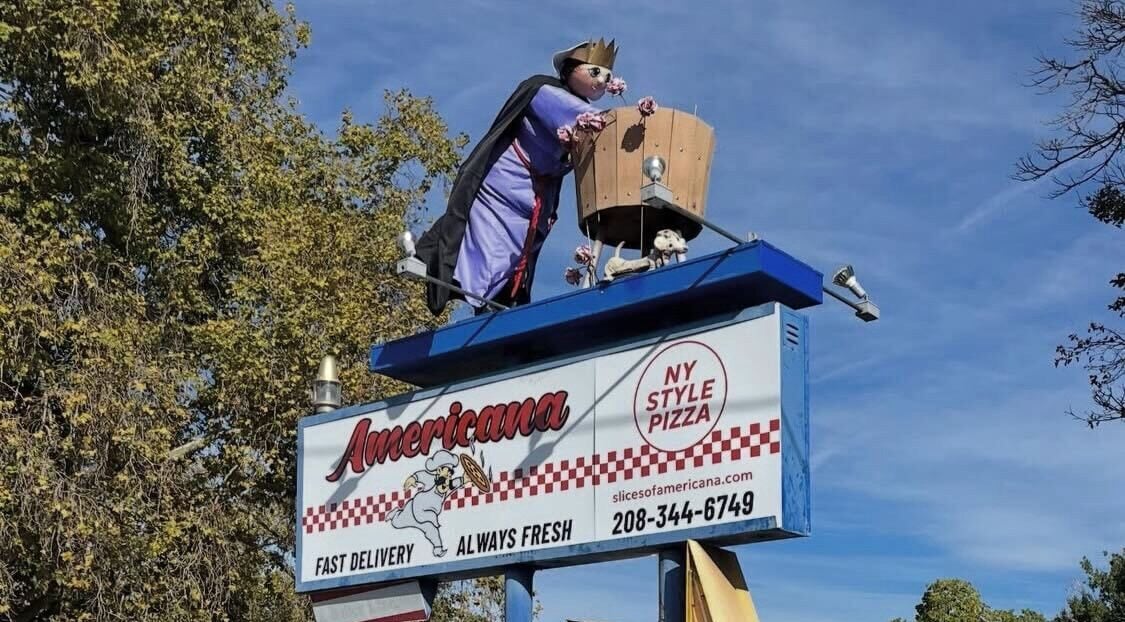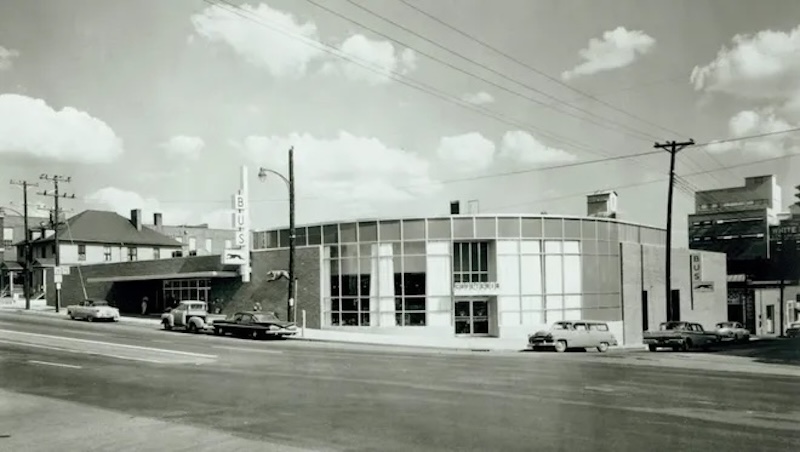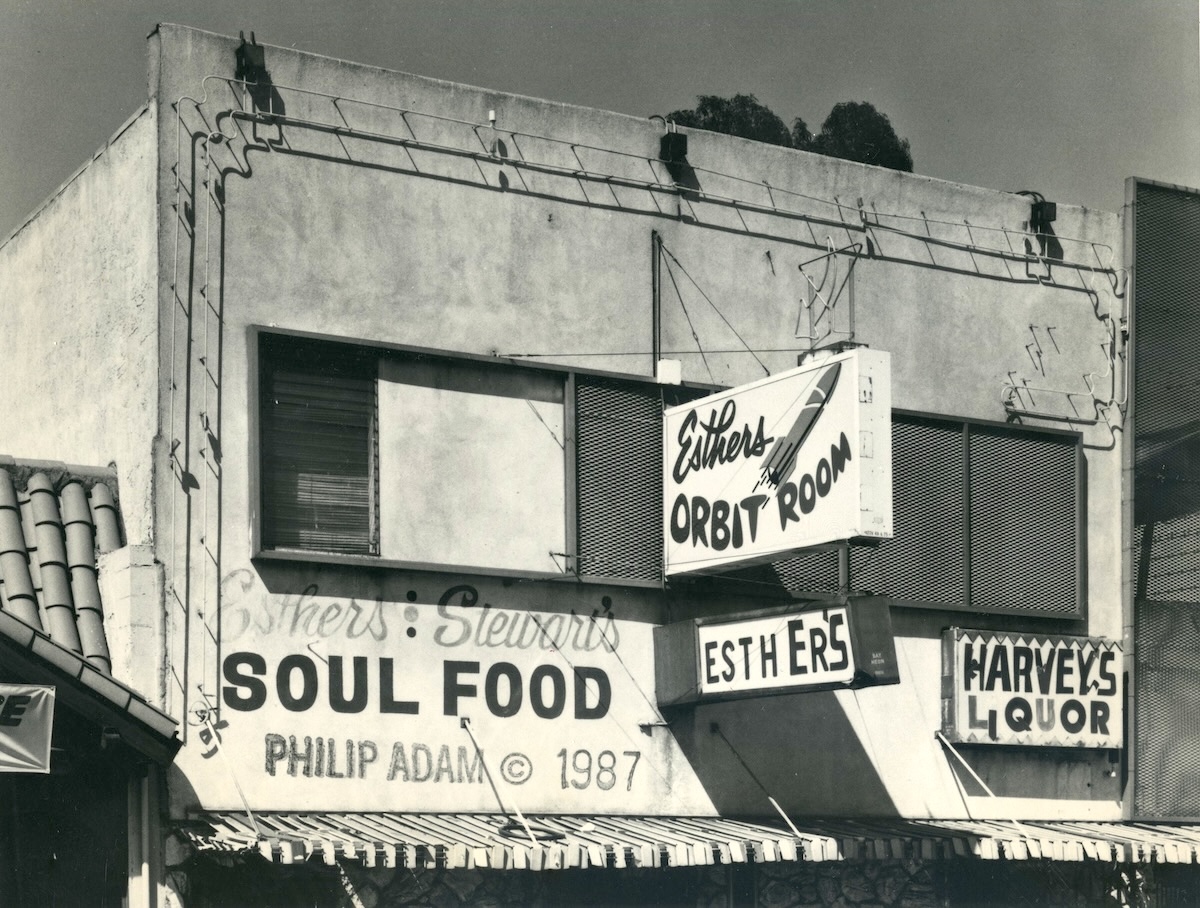These vintage American motels will have you longing for the open road
Image credit: Photography by Ben Fitchett
From wallpaper.com: A new title from Luster celebrates the rebirth of the vintage motel across the United States. Spanning 200 pages, Vintage Motels by travel writer Ellie Seymour brings together 40 evocative examples that define the typology – from New Mexico’s surviving El Rancho, opened in 1937 and where Hollywood icons such as Lauren Bacall and Marilyn Monroe stayed while filming in the region, to San Luis Obispo’s flamboyant Madonna Inn, active since 1958 and famed for its Copper Café and sugar-pink champagne cake.
‘I see motels as pop-culture symbols of freedom and escapism,’ says Seymour. Her fascination began after watching Ridley Scott’s (1991) Thelma & Louise, the ultimate road movie. ‘I was in awe of these two cool, rebellious women driving through America in a blue 1966 Ford Thunderbird convertible, hiding out in dive bars and motels along the way.’
Get your kicks on Route 66
From artsandculture.google.com: Buckle up for a virtual road trip across ‘The Mother Road.’
Landmark Betty: Bench icon set for new status, and she’s got new threads
Betty the Washerwoman dressed for Halloween. Photo: Courtesy Brennan Conroy
From BoiseDev: A Boise Bench icon may soon make her way into the history books for good.
Since the 1950s, Betty the Washerwoman sat atop a business sign on Vista Ave. washing clothes in a washer basin. As the years have passed, the businesses associated with the sign have changed. But Betty has remained constant, long after the laundromat she advertised closed.
Now, the washerwoman is one step closer to becoming an official local landmark. On Monday night, Boise’s Historic Preservation Commission voted unanimously to recommend her historic status for approval to the Boise City Council.
Charming Carhop Girls: Photos from When Roller Skates and Drive-Ins Defined American Cool – Rare Historical Photos
From rarehistoricalphotos.com: Long before the era of fast-food drive-throughs, there was a time when meals were served on wheels—literally.
The carhop became a symbol of mid-century Americana, blending convenience, charm, and a touch of showmanship.
These waiters and waitresses delivered burgers, fries, and milkshakes directly to customers seated in their cars, often balancing trays with effortless grace.
Knoxville’s Greyhound building awaits its next use − but once it was a hot new station
From the Knoxville News Sentinel: A property on the corner of Magnolia Avenue and Central Street is ripe with potential. The former Greyhound bus station, with its funky mid-century modern design and prime location between the Old City and the cluster of bars and breweries just north of it, has a number of possible uses that could make it a hot destination.
But for now, Knoxville will have to keep waiting to find out what that next incarnation might be.
Historic West Oakland Blues Club’s Restoration Reveals Layers of Hidden History
Esther’s Orbit Room photographed in 1987. (Courtesy of the African American Museum & Library at Oakland)
From KQED: When Noni Session first imagined reopening Esther’s Orbit Room, she saw a gleaming new building that would serve as an anchor for a reinvigorated cultural and commercial corridor.
For Session, who was born and raised in West Oakland and is the executive director of the East Bay Permanent Real Estate Cooperative, or EBPREC, renovating Esther’s was a chance at a fresh start.
The former blues club had been a staple of the historic Seventh Street district, called the “Harlem of the West,” serving as the center of Black life in West Oakland for roughly half a century. While a series of policy decisions decimated the strip, with dozens of businesses and thousands of homes razed, Esther’s had remained the lone holdout, keeping its doors open until 2011.


